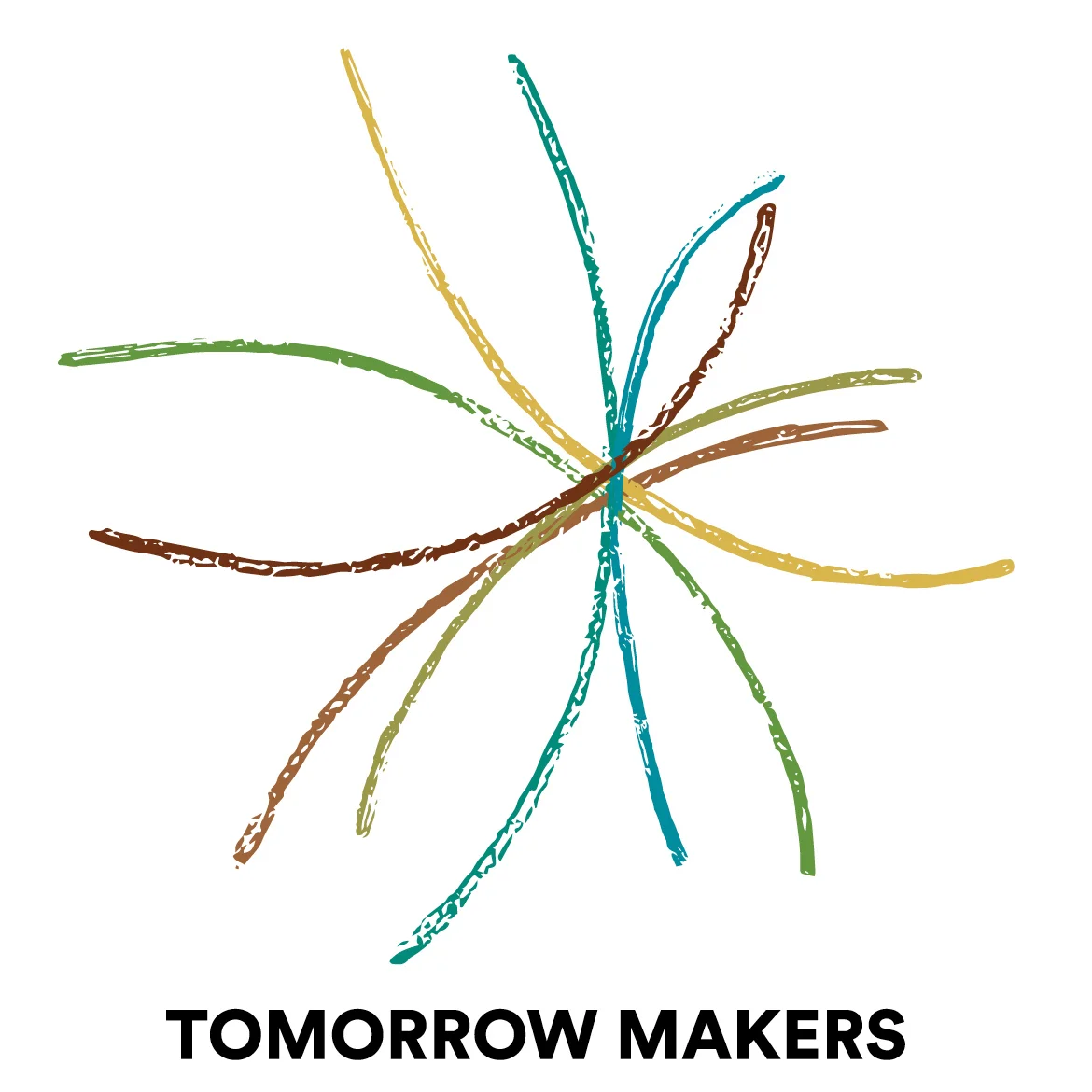Gail: My first realization of Group Genius was with young students. In 1976 I stumbled on Lawrence Halprin's personal notebooks in the library. He had written the words "group genius" beside one of his journal entries. At that moment I realized that my work was all about Group Genius.
In 1980 when Matt and I founded MG Taylor Corporation, Group Genius became our primary process and these words defined it for us:
"The ability of a group working iteratively and collaboratively to seek, model and put into place higher-order solutions.
Time compression, consistent flow-state—the merging of action and awareness in sustained concentration and involvement to the task at hand, dynamic feedback, individual and collective creativity are core features of Group Genius."
Some of our clients have defined it, too:
- "Group Genius is the power of simplicity. Simplifying complexity to enable people to better understand ourselves and each other. A better understanding of our business is the natural consequence.”
- "Group Genius is the ability of a group of persons to imagine, to create together and to realize. This has made us stronger, and most importantly, it given us more ideas, energy and vision."
Today, with Tomorrow Makers, the committment to spreading and teaching the art of Group Genius continues.
